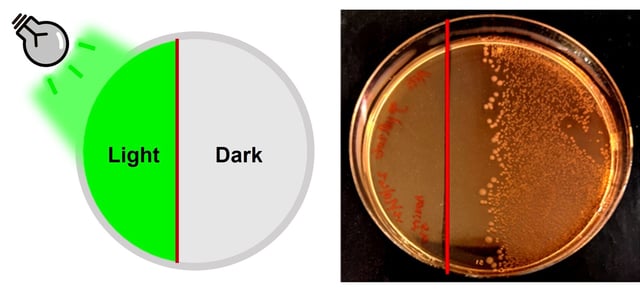Overview
- A study published June 11 in ACS Central Science describes a modified penicillin that remains inactive until exposed to green light.
- In petri dish tests the photoactivated antibiotic halted Escherichia coli colony growth and disrupted Staphylococcus epidermidis biofilm formation under green illumination.
- In wax moth larvae infected with Staphylococcus aureus, light-triggered treatment doubled survival rates to 60 percent compared to 30 percent without activation.
- The researchers used a coumarin-based photocage that releases active penicillin under low-energy green light, overcoming earlier UV-dependent activation methods.
- The team plans to extend the approach with multiple light beams and wavelengths to achieve precise antibiotic control in larger organisms, including potential human applications.
